Audi has revealed more details of the next evolution of its digital cockpit technology, elements of which are highly likely to reach production in the new Audi A8 next year.
First seen in the Audi Q6 e-tron quattro concept car, and then shown off at the CES electronics show in January, the new virtual dashboard builds upon the virtual cockpit technology already available in many of Audi’s road cars.
At present the virtual dashboard is only a concept, showing a “starkly reduced dashboard” in which a total of three digital displays are responsible for the display and control of all functions and information.
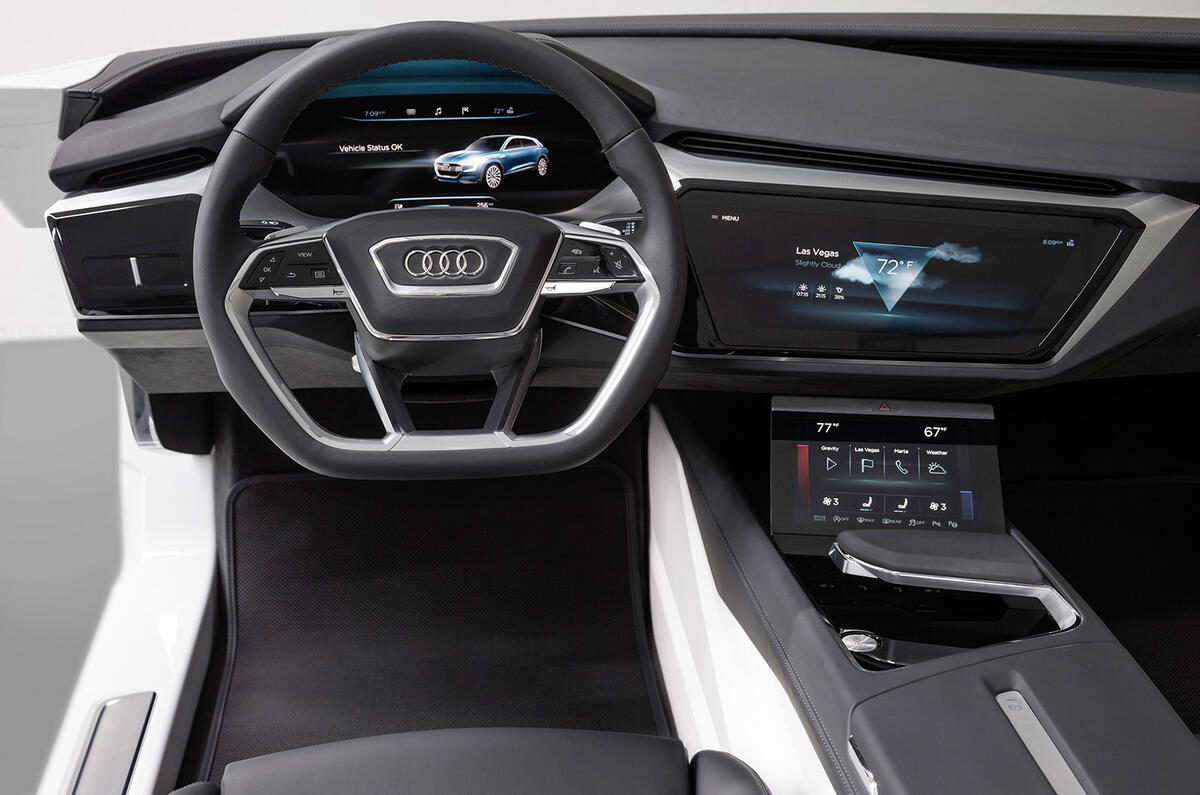
The first screen, positioned in the driver’s direct field of vision and serving as the instrument panel, is a very thin, curved OLED (organic light emitting diode) screen that’s 14.1in diagonally across and has a 2240x720 pixel resolution. The slightly curved surface ensures that the driver can always read the displays without glare.
Controlled via the multifunction steering wheel, it is similar in function to Audi’s current virtual cockpit and in standard form it displays information such as speed, battery charge status and remaining electric range.
Additionally, virtual dashboard features two touch screens in the centre console. The upper screen shows regular infotainment content for controlling navigation and media functions, while the lower screen is used for text input and to operate the aircon. All of the key functions the driver may need are integrated into these two displays, which can be personalised.
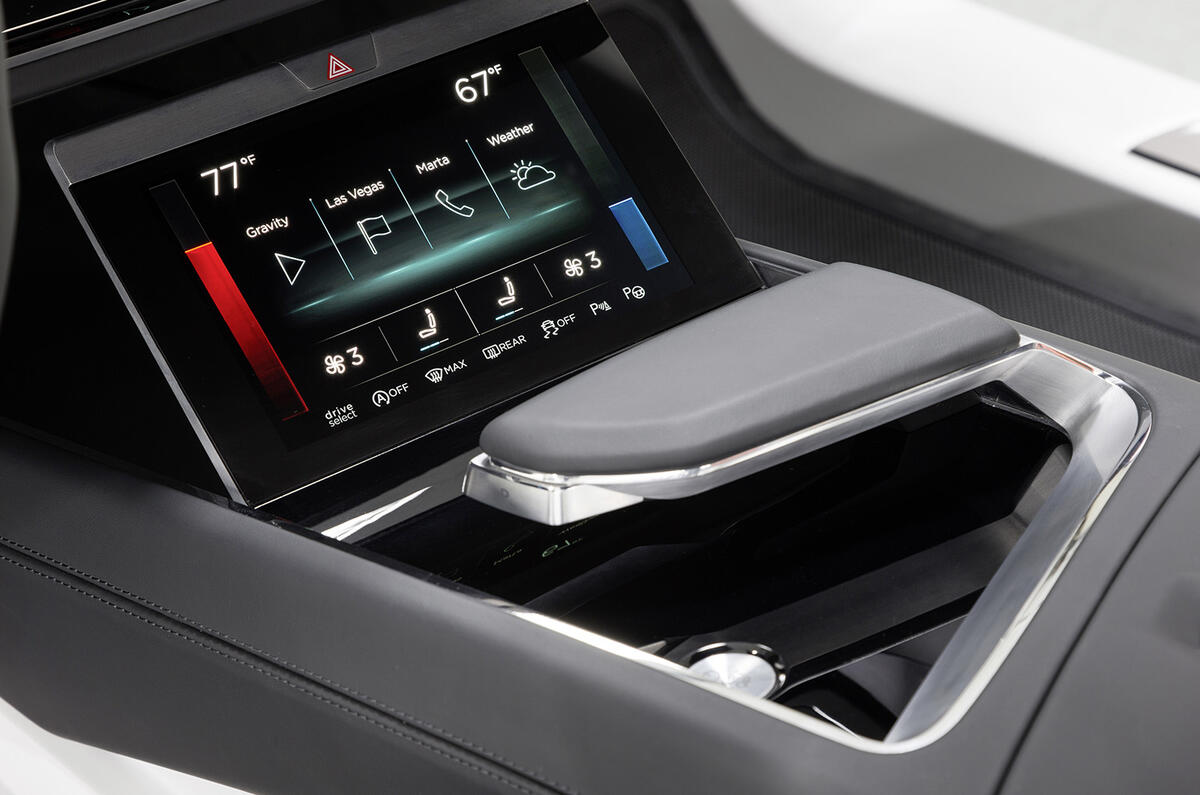
The screens operations use haptic feedback, where the user hears a noise and feels a vibration whenever they press a button. Audi electronics expert Andreas Lamprecht said this provides two key benefits over traditional touchscreens: “First, the user avoids inadvertent operation such as that which might occur as they are travelling down a bumpy road and trying to use a function.
“Second, you can feel in your fingertip if the button has worked, so there’s no need to repeatedly prod the screen, so it is less distracting.”
Unlike current Audi models, there is no rotary control knob to operate the screens’ functions. “The reason is that everyone has smart phones and is familiar with touchscreens, and we want to react to that,” said Lamprecht.
“The general philosophy of the split screens and the haptic feedback systems will be in production cars in less than one year. It really is just around the corner,” he added.
Although he wouldn’t be drawn on which model would get the technology first, Lamprecht confirmed that “Obviously it is a technology that will start in our big cars and work down through the range.” With the next A8 due to launch in 2017, it makes sense that it will be first to receive the technology.
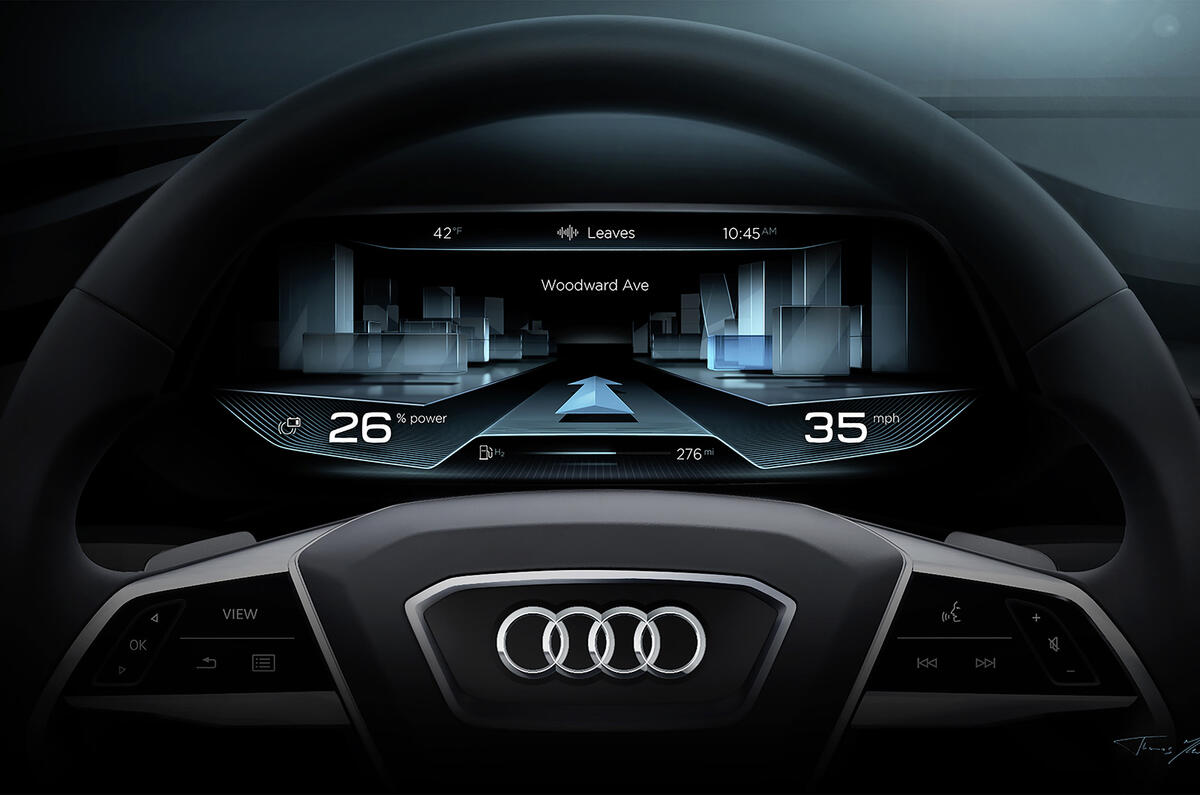
To start with, the system will use standard LED and LCD screens as opposed to the OLEDs featured on the concept.
“The OLED technology will not be coming yet,” said Lamprecht. “The temperature resistance and lifecycle of the screens are not yet at Audi’s standards. It will take a couple of years.”
The fully digital implementation of the new dashboard will lay a foundation for a system that will eventually be capable of learning about the use patterns of individual customers and personalising the car’s functions around them.

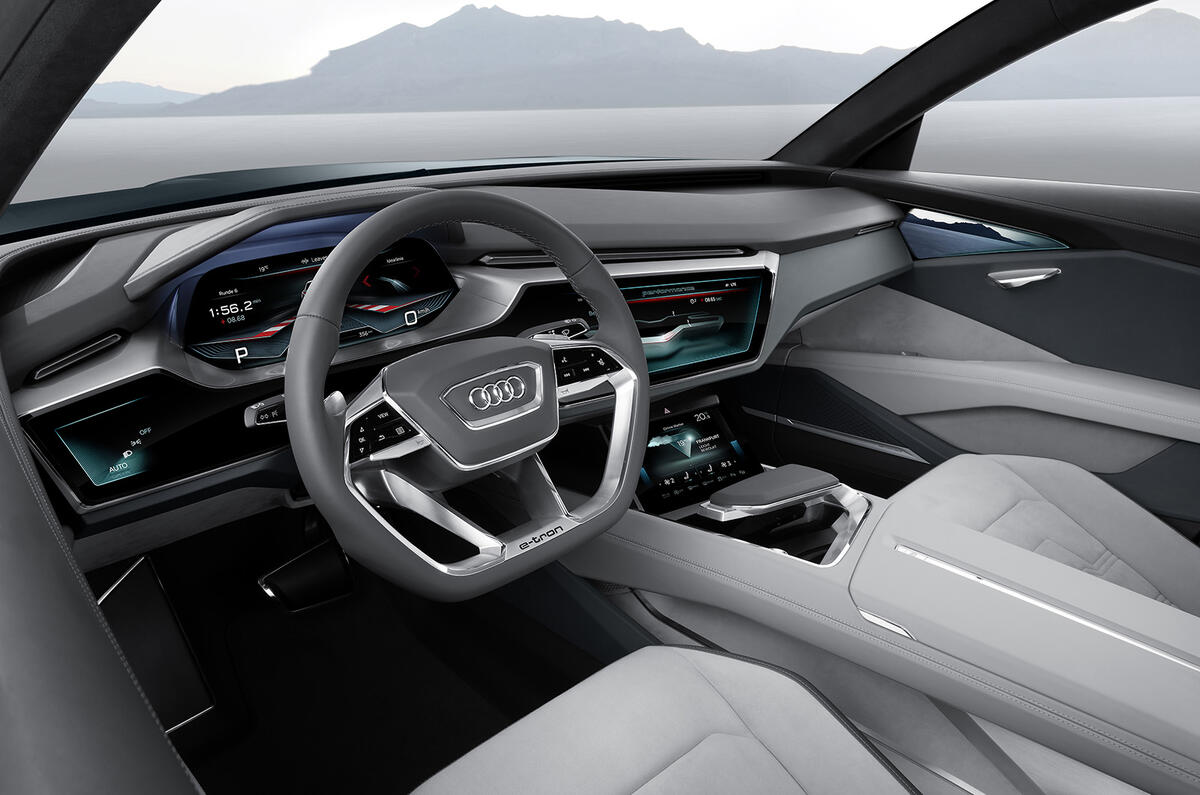

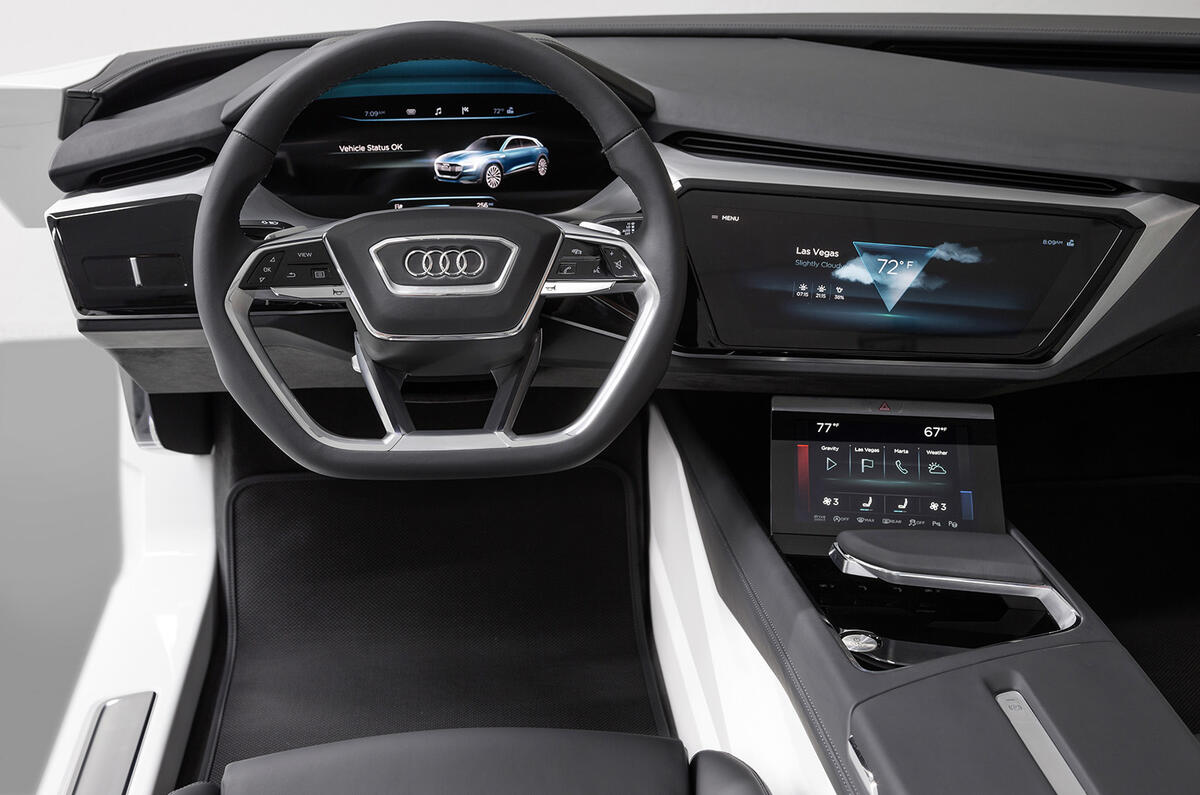
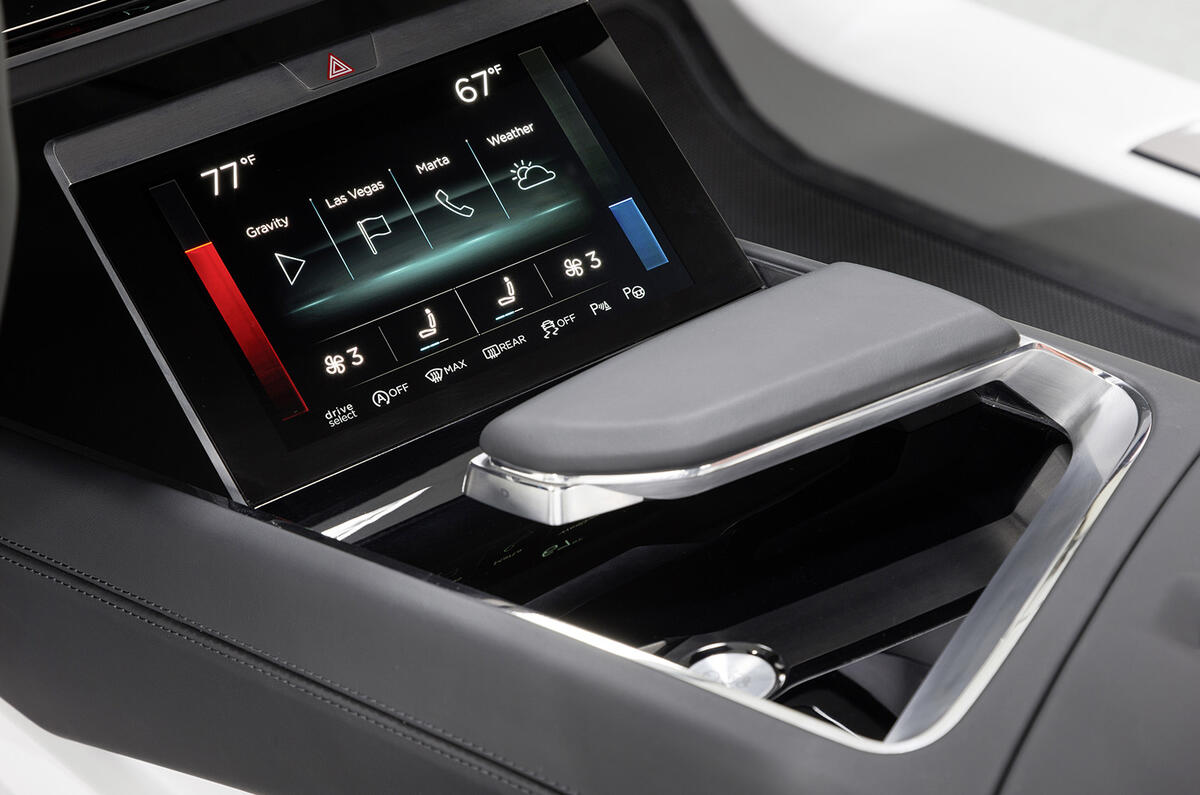

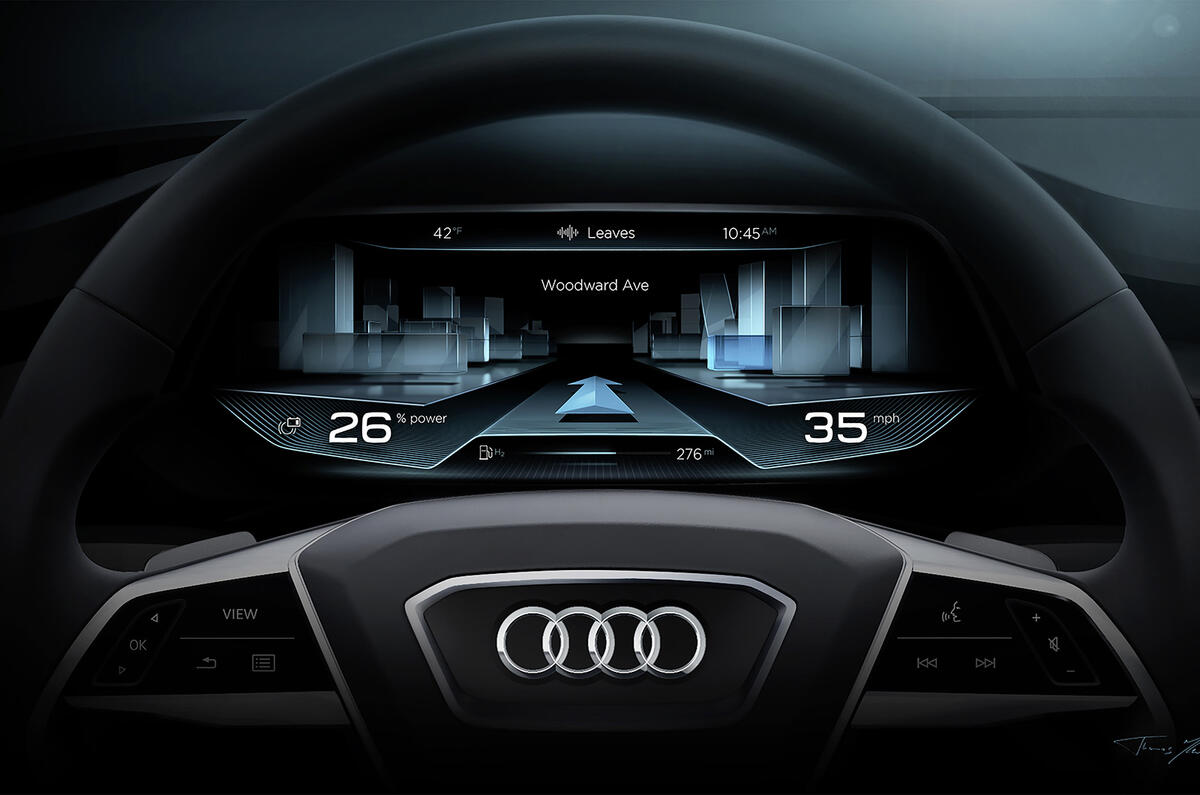
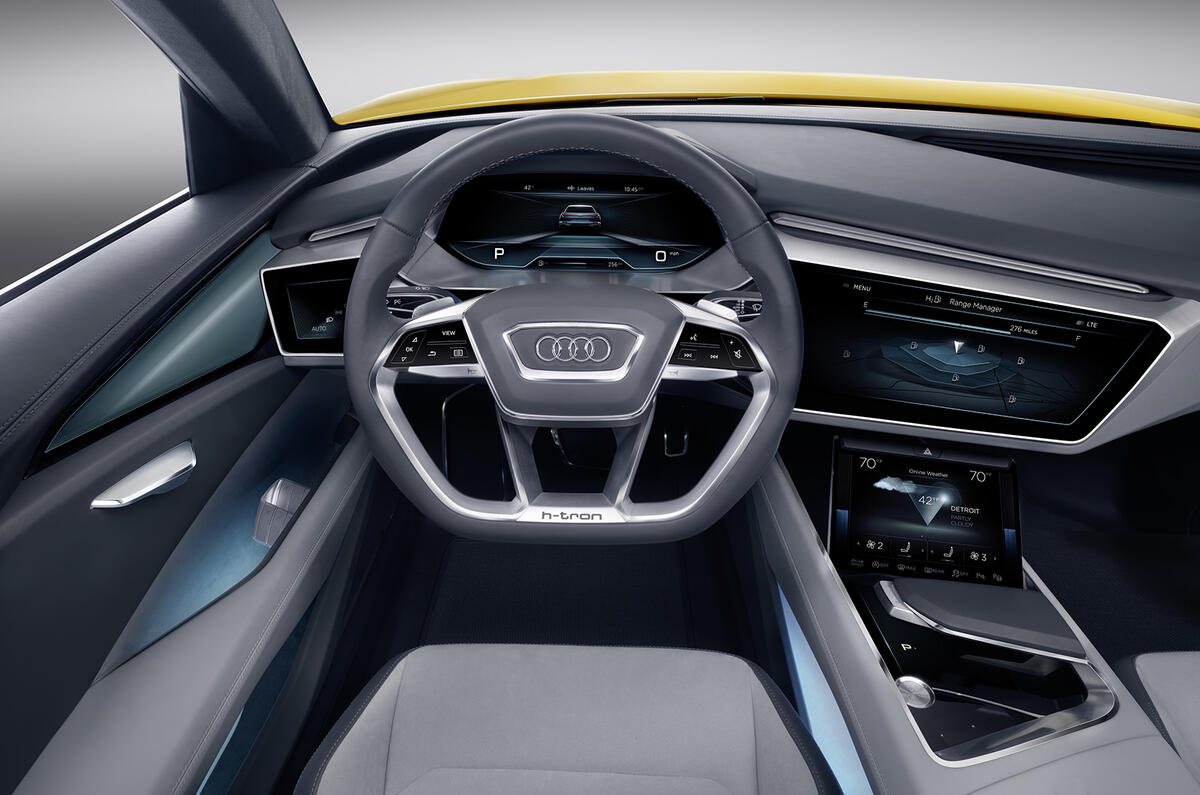
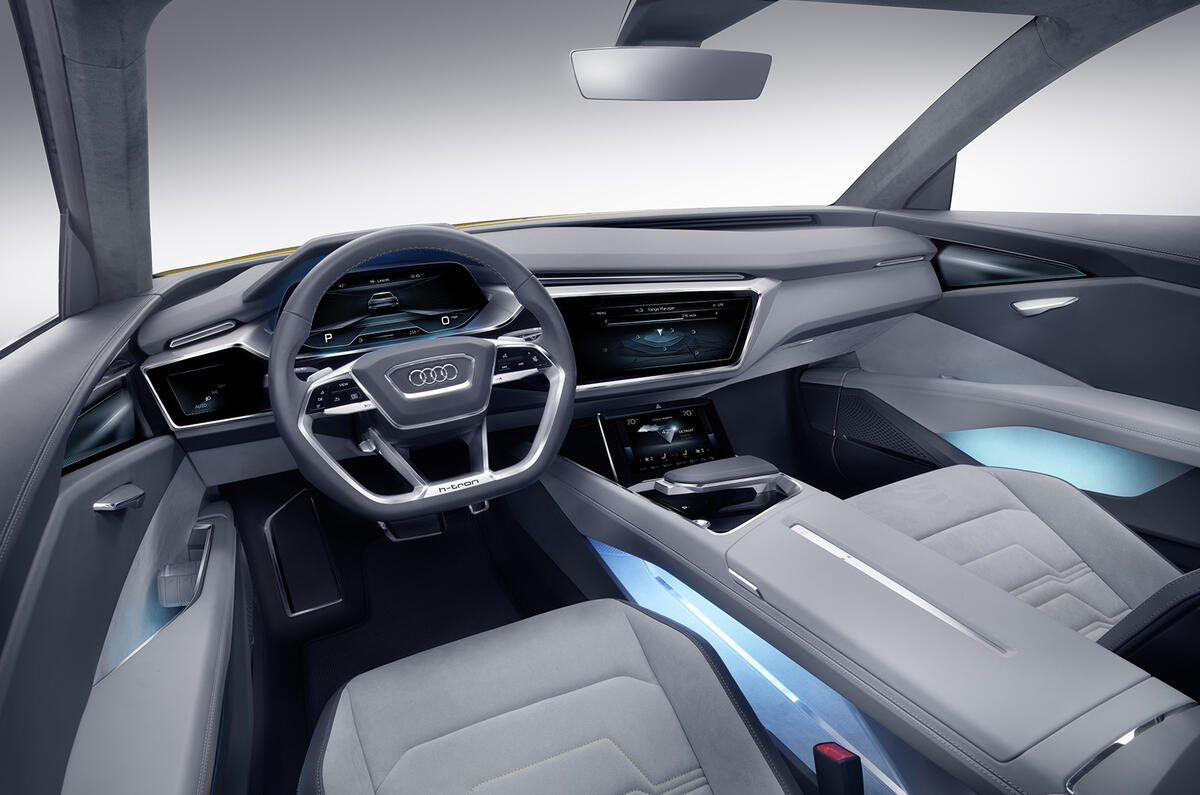
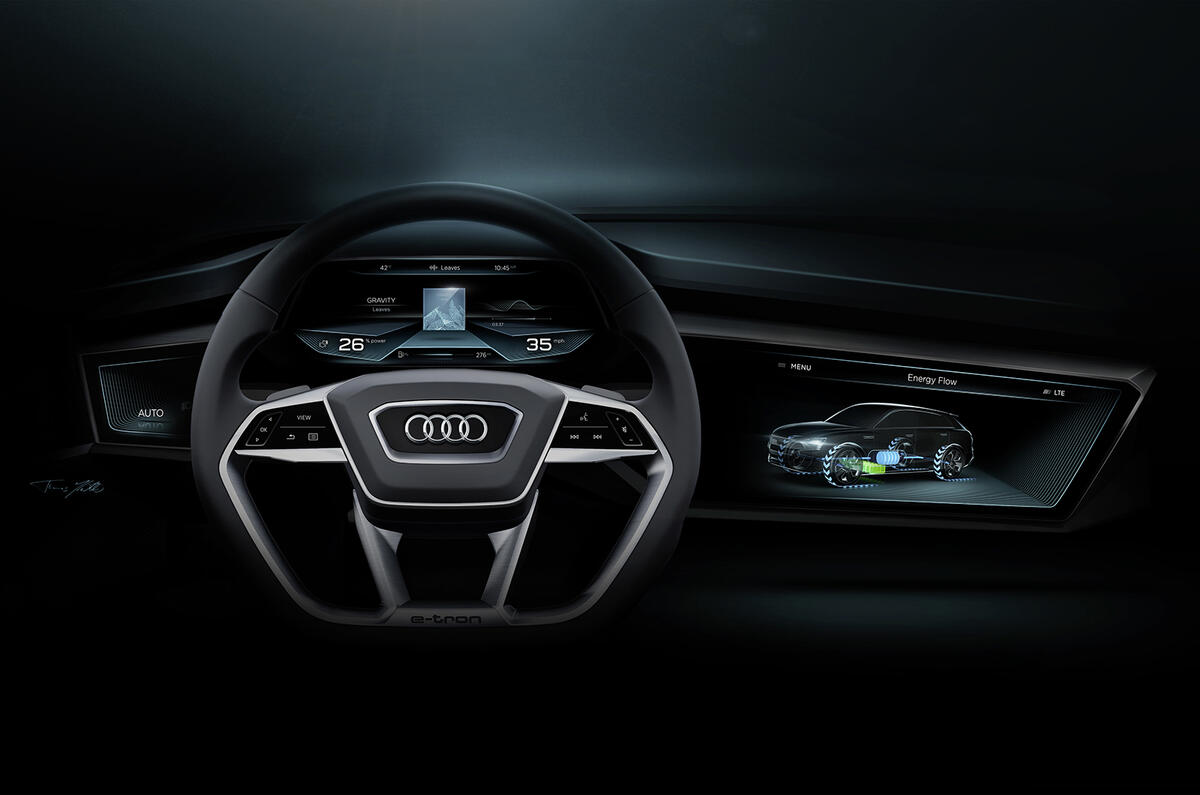
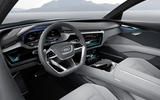

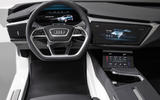
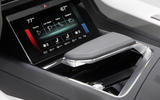
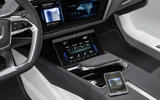
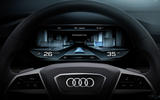
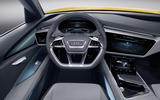
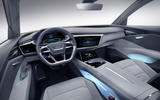



Join the debate
Add your comment
Analogue over digital!
Overdrive wrote:
There is nothing "analogue" about the physical buttons in a modern car. They are digital inputs to the car's computer. It would be far more accurate to compare them to the plastic buttons on the side of a cheap Casio than a Rolex!
none of you commented
Comments from the older generation
The difference is...
.
Yes we got used to iphone and ipads, but the first is now 9 years old and the second 6. How many 1st generation ipads are still in use, how many 1st generation iphone in particular. The majority are replaced every 18months to 2 years when the next model comes out with a better screen, processor or must have gizmo. You can't just bin a car and replace it so easily. Also when I use my smart phone or tablet I look at it, When I'm driving a car I look at the road, so I need a physical button I can feel and hold, not a space on a screen to aim my digit at + plus a menu to read to access the heater or radio sub-section
Leslie Brook wrote:
All modern cars have a pretty powerful CPU running things so whether the input is a physical button or a touchscreen is irrelevant - and these units shouldn't need replacing/upgrading. The reason an ipad needs updating is that it gets more and more demanding software (and OS') installed throughout its life - which doesn't happen in a car. Of course if the manufacturer installs an inadequate CPU to run the touchscreen system that's a problem (I'm looking at you JLR), but it's one present from day one. I'm not saying everyone will learn to prefer touch-screens, but there are plenty of tools (e.g. haptic feedback) that can assist people in using them without staring at the screen - and the iphone generation will adapt to them pretty seamlessly.